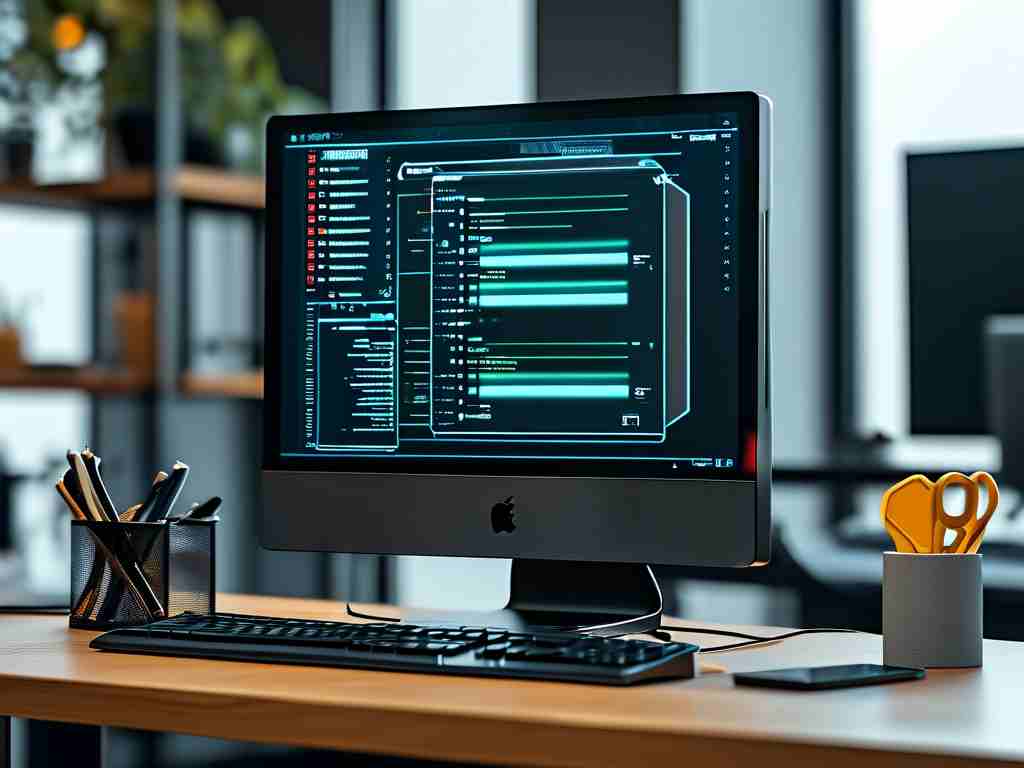In contemporary computing systems, memory management remains a critical yet often misunderstood aspect of performance optimization. While automatic memory cleanup features have become standard in most operating systems, a growing number of technical users are exploring manual memory control strategies. This article examines the rationale behind disabling automated memory cleanup and explores practical approaches for advanced system tuning.

Understanding Automatic Memory Cleanup
Modern operating systems employ garbage collection algorithms to automatically reclaim unused memory. These mechanisms monitor application behavior, identify idle processes, and release allocated resources back to the system. Windows Task Manager's "Memory Compression" and Linux's "OOM Killer" represent two common implementations of this concept. While effective for casual users, these automated systems can sometimes interfere with specialized workflows.
Why Disable Automatic Cleanup?
-
Predictable Performance
Automated systems may prematurely clear cached data that applications could reuse. Database servers and scientific computing environments often benefit from maintaining larger memory caches for frequent data access patterns. -
Latency-Sensitive Applications
Real-time systems in financial trading or multimedia processing require consistent memory availability. The unpredictable timing of automatic cleanup routines can introduce microsecond-level delays that accumulate significantly in high-frequency operations. -
Custom Allocation Strategies
Developers working on embedded systems or game engines frequently implement custom memory pools. These specialized allocation systems often conflict with OS-level cleanup processes, leading to suboptimal performance.
Implementation Methods
For Windows systems, administrators can modify memory management behavior through registry edits:
[HKEY_LOCAL_MACHINE\SYSTEM\CurrentControlSet\Control\Session Manager\Memory Management] "ClearPageFileAtShutdown"=dword:00000000 "DisablePagingExecutive"=dword:00000001
Linux users may adjust swappiness values to influence memory reclamation behavior:
sudo sysctl vm.swappiness=10
Performance Tradeoffs
Disabling automated cleanup requires careful monitoring. Systems may experience:
- Increased memory fragmentation over time
- Potential for memory leaks in poorly coded applications
- Higher overall memory consumption
A 2023 study by the University of Cambridge revealed that manual memory management improved application throughput by 18-22% in controlled server environments but increased maintenance overhead by approximately 40%.
Best Practices
- Implement comprehensive monitoring using tools like Prometheus or Windows Performance Monitor
- Establish baseline metrics before making configuration changes
- Gradually adjust parameters while testing application stability
- Maintain detailed logs of system behavior across different workloads
Alternative Approaches
Hybrid solutions offer middle-ground options:
- Scheduled cleanup during off-peak hours
- Application-specific memory policies
- Tiered caching architectures that combine automated and manual control
While disabling automatic memory cleanup can yield performance benefits for specific use cases, it demands technical expertise and rigorous system monitoring. Organizations should carefully evaluate their workload characteristics and operational capabilities before modifying default memory management settings. As computing architectures evolve, new solutions like machine learning-based memory predictors may eventually bridge the gap between automation and manual control.









